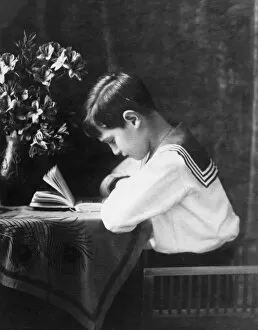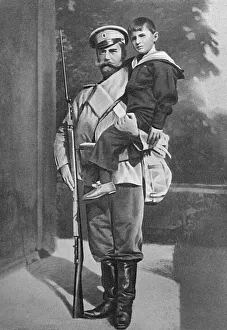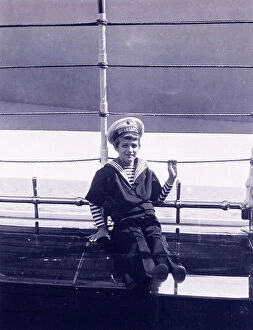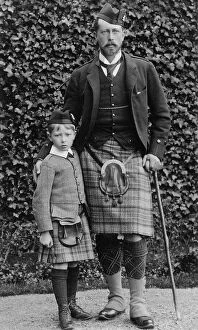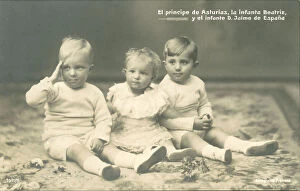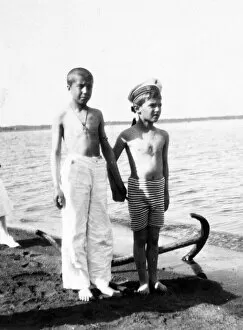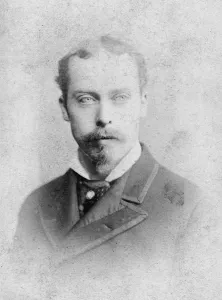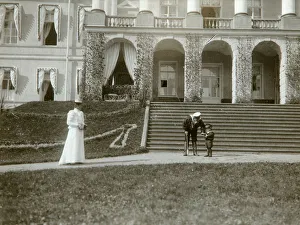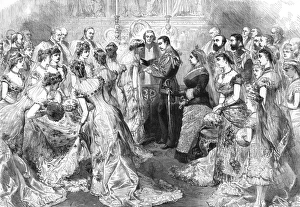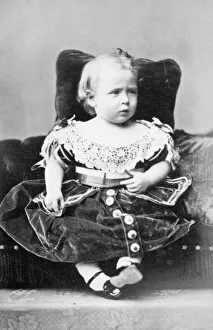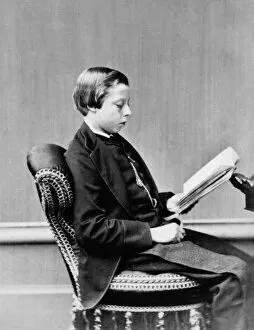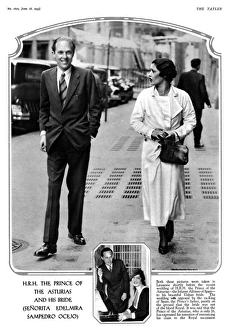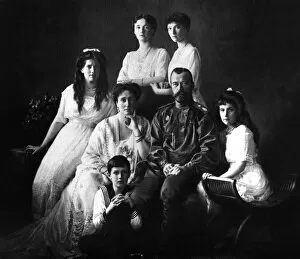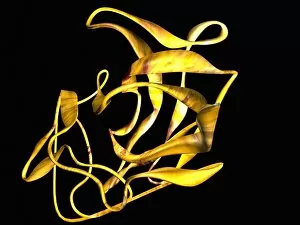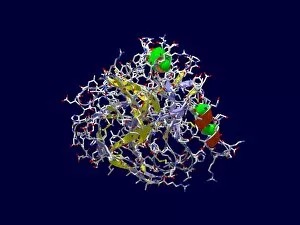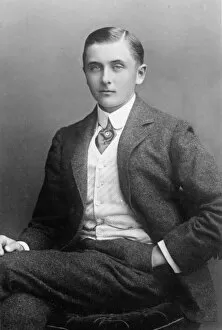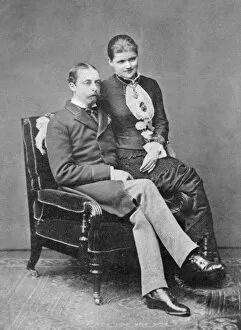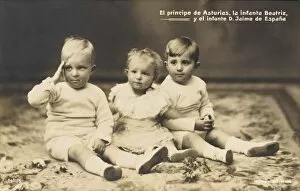Haemophilia Collection
"Haemophilia: A Genetic Legacy of Royalty" From the tragic fate of Tsesarevich Alexei of Russia to the struggles faced by Prince Henry and Waldemar of Prussia
All Professionally Made to Order for Quick Shipping
"Haemophilia: A Genetic Legacy of Royalty" From the tragic fate of Tsesarevich Alexei of Russia to the struggles faced by Prince Henry and Waldemar of Prussia, it has left an indelible mark on royal families throughout history. The haunting image of Tsar Nicholas II cradling his son, the Tsarevich Alexei, reveals a father's love overshadowed by the knowledge that his heir suffers from this rare bleeding disorder. Even in Spain, haemophilia found its way into the bloodline of King Alfonso XIII and Queen Ena's children. Princess Helena of Waldeck, Duchess of Albany, also bore witness to this hereditary condition as she mourned at the coffin of her husband, Duke of Albany in 1884. Yet amidst these somber moments lies glimpses into a young boy's life. In black-and-white photographs capturing Alexei playing on Livadia beach or sepia-toned snapshots showcasing him at age 12 in 1916, we see resilience despite adversity. His father Nicholas II stands proudly beside him in military uniform during those tumultuous times. This genetic anomaly was not limited to royalty alone; it affected individuals like Prince Leopold (1853-1884), Duke of Albany. As seen through historical records documenting his funeral procession entering Windsor Castle in 1884, society grappled with understanding and managing haemophilia even then. Haemophilia serves as a poignant reminder that afflictions do not discriminate based on social status or lineage. It highlights how medical science has advanced over time while shedding light on the human stories behind these conditions—a testament to our shared vulnerability and strength when facing genetic legacies passed down through generations.

